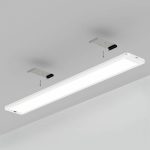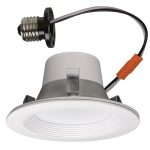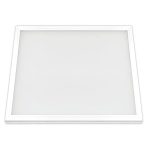Maximizing LED Light Therapy Benefits: How Often Should You Use It?
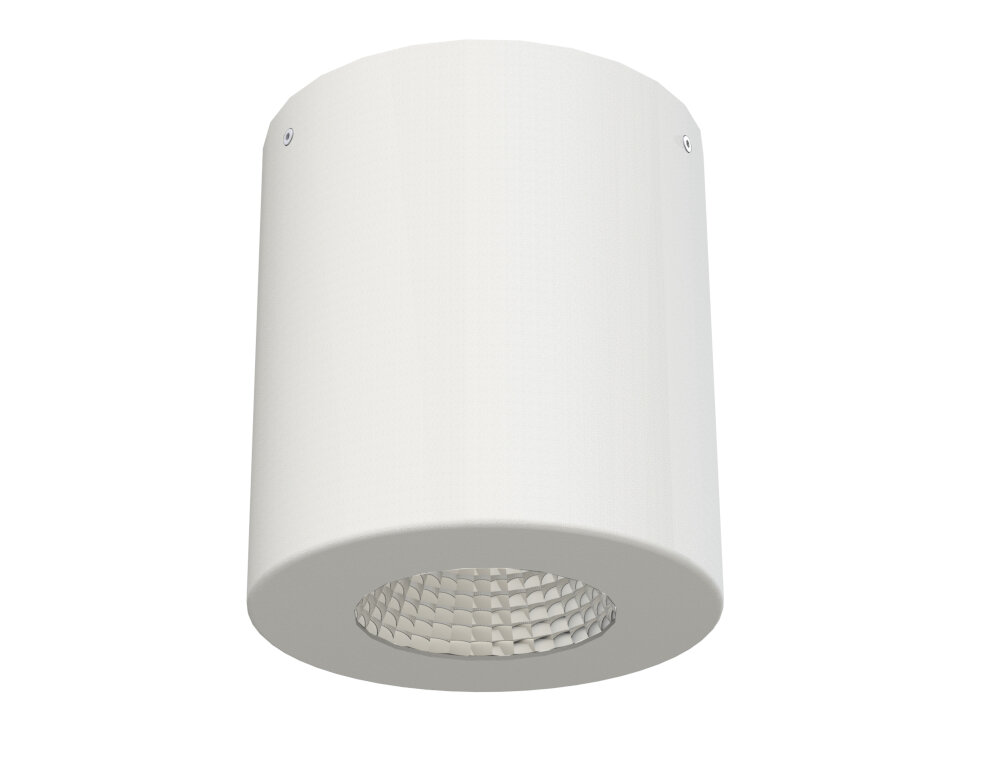
LED light therapy is a non-invasive skincare treatment that has gained immense popularity in recent years. It uses light-emitting diodes (LEDs) to penetrate the skin at different depths, providing a range of benefits such as reducing signs of aging, treating acne, and improving skin texture. However, many people are unsure about how often they should use this treatment to get the most out of it. In this article, we will explore the factors that determine the frequency of LED light therapy sessions and provide tips on how to maximize its benefits. When it comes to LED light therapy, there is no one-size-fits-all answer to how often you should use it. The frequency of sessions depends on several factors, including your skin type, age, and the condition you are trying to treat. For instance, if you are dealing with severe acne or wrinkles, you may need more frequent sessions to see significant results. On the other hand, if you are using LED light therapy as a preventative measure, you may only need occasional treatments. Therefore, it is crucial to understand your skin’s needs and work with a skincare professional to create a personalized treatment plan that suits your goals and lifestyle.
What is LED Light Therapy?
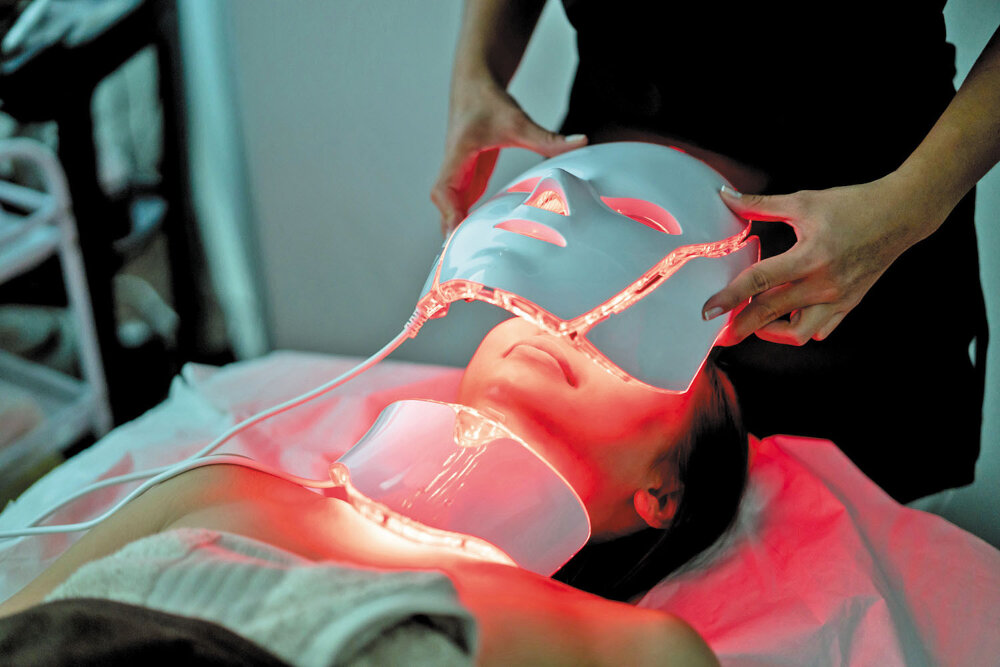
LED light therapy is a non-invasive treatment that utilizes light-emitting diodes (LEDs) to target various skin concerns, such as acne, wrinkles, and hyperpigmentation. The therapy works by delivering specific wavelengths of light to the skin, which promote cell regeneration and stimulate collagen production. This results in a more youthful, radiant, and healthy complexion. LED light therapy is a safe, painless, and effective treatment option for individuals seeking a non-surgical solution to their skin woes. The benefits of LED light therapy can be maximized by using it regularly. The frequency of use depends on the individual’s skin concerns, but it is generally recommended to use LED light therapy 2-3 times per week for optimal results. Consistency is key, as the therapy works by gradually improving the skin over time. It is important to note that LED light therapy should not be used as a substitute for a comprehensive skincare routine, but rather as a complementary treatment. By incorporating LED light therapy into their skincare regimen, individuals can enhance the overall health and appearance of their skin.
LED light therapy is a non-invasive approach to improving skin health and treating various conditions. This therapy involves exposure to low-level light wavelengths that penetrate the skin, stimulating cellular activity and promoting healing. The different colors of LED light have varying effects on the skin and are used to treat specific conditions such as acne, wrinkles, and hyperpigmentation. The therapy is painless and has no downtime, making it a popular choice for those seeking a non-invasive skin rejuvenation treatment. However, the frequency of LED light therapy sessions can vary depending on the individual’s skin concerns and goals. A consultation with a skincare professional can help determine the best treatment plan to maximize the benefits of LED light therapy.
LED light therapy is a non-invasive, painless, and effective treatment that has numerous benefits for the skin. By using different wavelengths of light, LED therapy can help reduce the appearance of fine lines, wrinkles, and dark spots, improve skin texture and tone, and boost collagen production, making the skin look more youthful and radiant. Additionally, LED therapy can also help reduce inflammation, redness and acne, making it a great option for those with sensitive or acne-prone skin. The best part is that LED therapy is safe for all skin types and can be done in the comfort of your own home or at a spa. Whether you’re looking to improve your skin’s overall health or target specific concerns, incorporating LED therapy into your skincare routine can help you achieve your desired results.
How Often Should You Use LED Light Therapy?
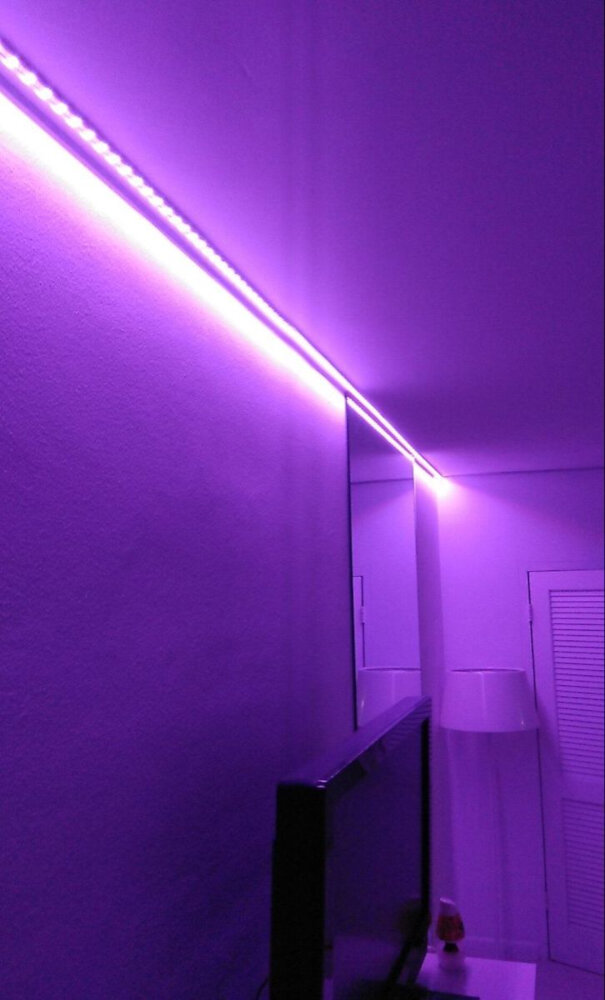
LED light therapy is a non-invasive and painless treatment that can help improve the appearance and health of your skin. But how often should you use it to maximize its benefits? The frequency of LED light therapy sessions will depend on your skin concerns and the type of device being used. For general skin rejuvenation and maintenance, it is recommended to use LED light therapy 2-3 times a week. This frequency can help stimulate collagen production, reduce fine lines and wrinkles, and improve skin texture and tone. If you have specific skin concerns such as acne or hyperpigmentation, you may need to use LED light therapy more frequently. For acne, it is recommended to use LED light therapy daily for best results. The blue light can help kill acne-causing bacteria and reduce inflammation. For hyperpigmentation, a combination of red and blue light therapy can be used daily for 10-15 minutes each session to help reduce the appearance of dark spots. It is important to note that consistency is key when it comes to LED light therapy. Regular use can help maintain and improve the results you see over time.
When deciding how often to use LED light therapy, several factors should be considered. Firstly, the severity of the skin condition being treated should be taken into account. More severe conditions may require more frequent treatments. Secondly, the type of LED light being used can affect the frequency of use. Different colors of light have different wavelengths and penetrate the skin to different depths, so the appropriate frequency will depend on the desired effect. Thirdly, the individual’s skin type and sensitivity should be considered, as well as their overall health and any medication they may be taking. Finally, the individual’s lifestyle and schedule may also play a role in determining how often they can realistically use LED light therapy. Overall, a consultation with a qualified professional can help determine the optimal frequency of use for each individual’s unique circumstances.
When it comes to LED light therapy, the frequency of use depends on the specific skin concern you are targeting. For acne-prone skin, using blue light therapy 3-4 times a week can help to reduce inflammation and kill acne-causing bacteria. For anti-aging benefits, using red light therapy 2-3 times a week can help to stimulate collagen production and reduce the appearance of fine lines and wrinkles. Those with hyperpigmentation or uneven skin tone can benefit from a combination of both blue and red light therapy, using each 2-3 times a week. It is important to note that consistency is key with LED light therapy, and results may take time to become visible. It is also recommended to use the therapy in conjunction with a proper skincare routine and a healthy lifestyle for maximum benefits.
Consistency is a key factor in maximizing the benefits of LED light therapy. This non-invasive treatment stimulates the production of collagen, reduces inflammation, and promotes cell regeneration. However, to see significant improvements in skin health, it is important to use LED light therapy consistently. Depending on the condition being treated, the recommended frequency of use can vary from several times a week to daily sessions. Consistency also means using the correct wavelength and intensity of light for the desired effect. Skipping sessions or using the wrong settings can delay or diminish the positive effects of LED light therapy. Therefore, incorporating LED light therapy into a regular skincare routine can lead to long-term improvements in skin health and appearance.
Tips for Maximizing LED Light Therapy Benefits
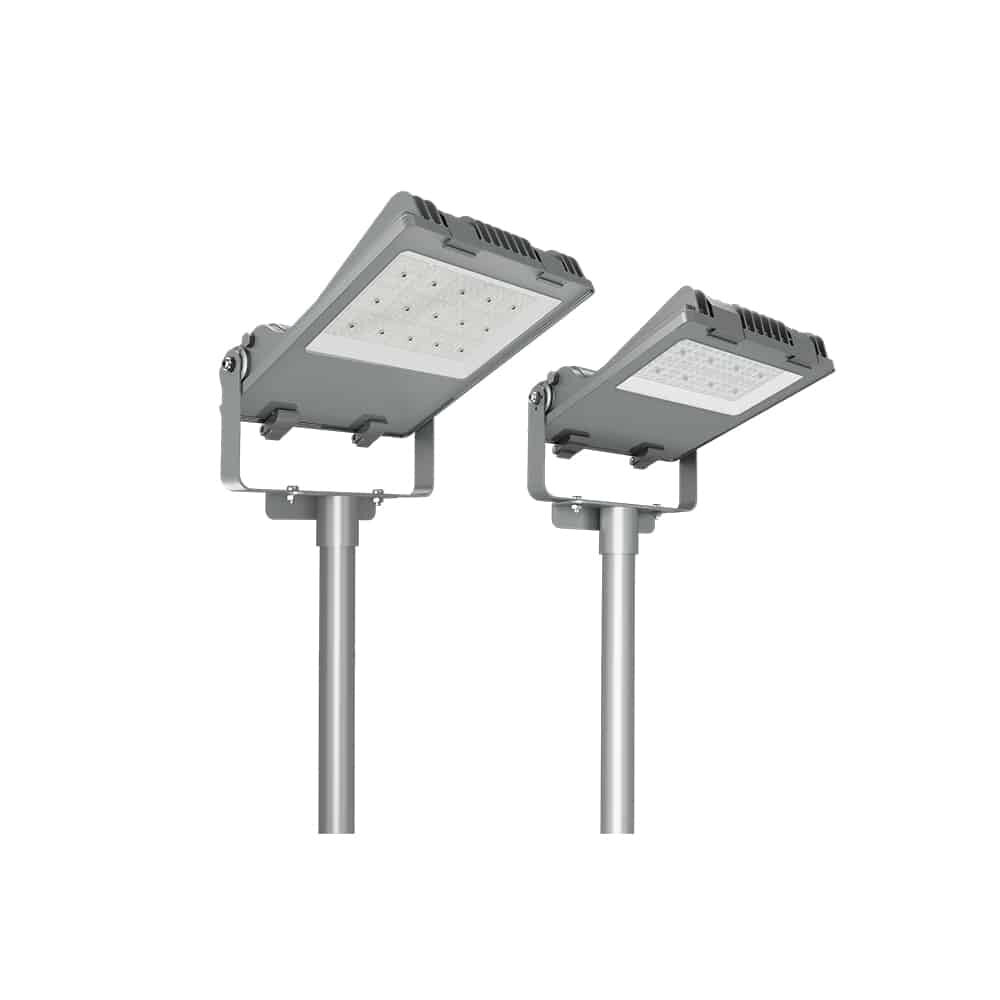
LED light therapy has become a popular skincare treatment for its numerous benefits. It is a non-invasive and painless method that uses different wavelengths of light to penetrate the skin and stimulate skin cells. However, to maximize the benefits of LED light therapy, it is essential to follow some tips. Firstly, it is crucial to choose the right wavelength of light for the specific skin concern. Red light stimulates collagen production, blue light kills acne-causing bacteria, and yellow light reduces inflammation. Therefore, it is essential to understand your skin’s needs and choose the right LED light therapy accordingly. Secondly, consistency is key when it comes to maximizing the benefits of LED light therapy. Experts recommend using LED light therapy at least two to three times a week for optimal results. However, it is crucial to consult a skincare professional to determine the frequency and duration of the treatment based on your skin type and concerns. It is also essential to follow a proper skincare routine that includes cleansing, toning, and moisturizing to maximize the benefits of LED light therapy. In conclusion, by following these tips, you can maximize the benefits of LED light therapy and achieve healthy, glowing skin.
Before starting LED light therapy, it is crucial to prepare your skin to maximize the benefits of the treatment. First, cleanse your face thoroughly with a gentle cleanser to remove any dirt, makeup, and excess oil. Next, exfoliate your skin to remove dead skin cells and allow the light to penetrate deeper into your skin. You can use a physical exfoliant like a scrub or a chemical exfoliant like an alpha-hydroxy acid (AHA) or beta-hydroxy acid (BHA) toner. After exfoliating, apply a hydrating serum or moisturizer to nourish and protect your skin. Finally, avoid using any photosensitizing ingredients like retinol or benzoyl peroxide before your LED light therapy session, as these can make your skin more sensitive to light. By following these steps, you can prepare your skin for LED light therapy and achieve optimal results.
Choosing the right LED light therapy device is crucial to maximize its benefits. When selecting a device, it is essential to consider the size of the treatment area, the wavelengths emitted, and the intensity of the light. For example, blue light is ideal for treating acne, while red light is known for its anti-aging properties. Additionally, the device should be user-friendly, durable, and have adjustable settings to cater to individual needs. It is also important to note that the price of the device does not always dictate its quality. Therefore, before making a purchase, one should research thoroughly and read reviews to ensure the device meets their specific requirements.
Combining LED light therapy with other skincare treatments can enhance the overall effectiveness of the treatment. For instance, using LED light therapy after microdermabrasion or chemical peels can reduce redness, inflammation, and speed up the healing process. Similarly, using LED light therapy before applying skincare products can improve their absorption, allowing them to penetrate deeper into the skin. Additionally, combining LED light therapy with other anti-aging treatments such as dermal fillers or Botox can help maintain the results for a longer time. Therefore, incorporating LED light therapy into your skincare routine along with other treatments can provide a comprehensive approach to improving your skin’s health and appearance.
Potential Risks and Side Effects of LED Light Therapy
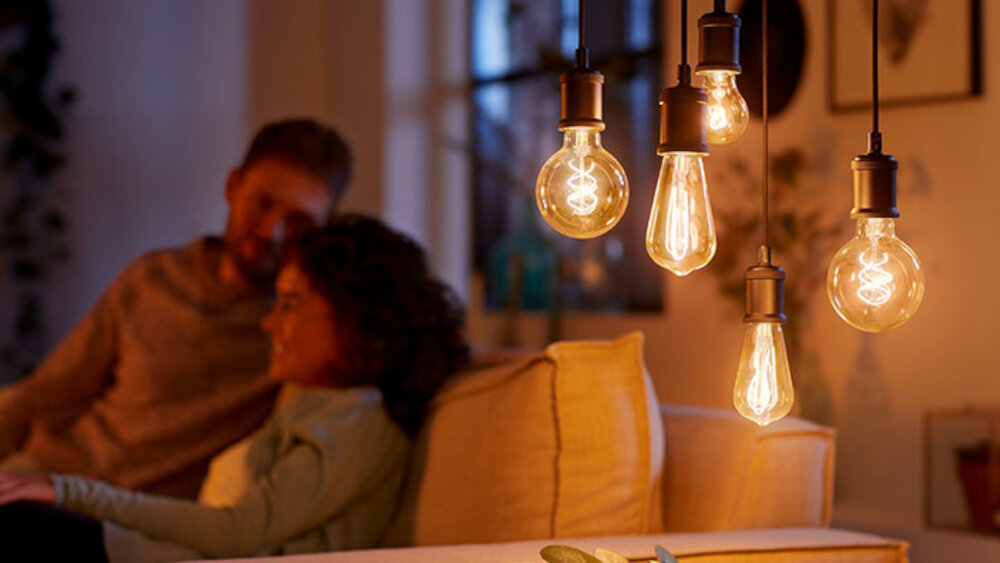
LED light therapy is a non-invasive treatment that uses different wavelengths of light to enhance skin health and beauty. However, like any other treatment, LED light therapy also has potential risks and side effects that should be considered before undergoing the procedure. Some of the potential risks of LED light therapy include eye damage, skin irritation, and headaches. The bright light emitted by LED devices can cause damage to the retina if not used properly, which is why it is essential to wear protective goggles during the treatment. Skin irritation is also a common side effect of LED light therapy, particularly for individuals with sensitive skin. The heat generated by the device can cause redness, burning, or itching, which can be alleviated by using a lower intensity or shorter treatment time. Finally, some individuals may experience headaches or migraines after LED light therapy, especially if the light is too bright or used for an extended period. To minimize the risks and side effects of LED light therapy, it is essential to follow the manufacturer’s instructions carefully and consult with a skincare professional before using the device. Start with low intensity and shorter treatment times, gradually increasing the intensity and duration as your skin becomes accustomed to the treatment. It is also essential to use goggles to protect your eyes and avoid looking directly at the light. If you experience any skin irritation or discomfort, discontinue the treatment and consult with your skincare professional. By taking these precautions, you can maximize the benefits of LED light therapy while minimizing the risks and side effects.
While LED light therapy is generally safe and non-invasive, there are still potential risks and side effects to be aware of. One potential risk is eye damage, as the bright light emitted by LED devices can be harmful to the retina if not properly protected. Other possible side effects include skin irritation, redness, and sensitivity, especially if the treatment is performed too frequently or for too long a duration. Additionally, LED light therapy may not be suitable for individuals with certain medical conditions, such as epilepsy or lupus, and it is always important to consult with a healthcare provider before beginning any new treatment regimen. By taking the necessary precautions and using LED light therapy responsibly, however, you can safely and effectively achieve the many benefits it has to offer.
In order to maximize the benefits of LED light therapy, it is important to minimize potential risks. One way to do this is by properly researching and selecting a reputable manufacturer and supplier of LED light therapy devices. It is also important to follow the manufacturer’s instructions for use, including the recommended frequency and duration of treatment. Additionally, it is important to use protective eyewear and avoid looking directly into the light. Finally, it is important to monitor any adverse reactions and discontinue use if necessary. By taking these precautions, you can safely and effectively reap the many benefits of LED light therapy.
LED light therapy is a non-invasive procedure that uses specific wavelengths of light to promote skin rejuvenation, reduce inflammation, and improve circulation. The benefits of LED light therapy have been widely recognized and include the reduction of wrinkles, fine lines, and acne scars. It has also been found to be effective in treating sun damage, reducing inflammation, and promoting the healing of wounds. However, there are also potential risks associated with LED light therapy, such as eye damage and skin irritation. It is important to use protective goggles and to follow the recommended usage guidelines to avoid any potential risks. Despite the potential risks, the benefits of LED light therapy make it a popular and effective treatment option for a variety of skin concerns.
To maximize the benefits of LED light therapy, it is recommended to use it consistently and frequently. Ideally, treatments should be done at least two to three times a week for a period of four to six weeks. It is also important to ensure that the device being used is of high quality and emits the appropriate wavelengths for the desired outcome. Additionally, proper skin preparation, such as cleansing and exfoliating, can aid in the effectiveness of LED light therapy. It is also recommended to protect the skin from excessive sun exposure and to maintain a healthy skincare routine to further enhance the benefits of LED light therapy. Overall, incorporating LED light therapy into a regular skincare routine can provide numerous benefits for the skin, including reducing inflammation, improving collagen production, and enhancing overall skin texture and tone.
Before starting LED light therapy, it is highly encouraged to consult with a skincare professional. Although LED light therapy is generally considered safe, it is important to ensure that it is appropriate for your skin type and any specific concerns you may have. A skincare professional can assess your skin and provide customized recommendations for the frequency and duration of LED light therapy sessions. They can also advise on any potential risks or side effects, as well as suggest complementary skincare products to enhance the benefits of the treatment. By seeking professional guidance, you can maximize the benefits of LED light therapy and achieve optimal results for your skin.
Conclusion
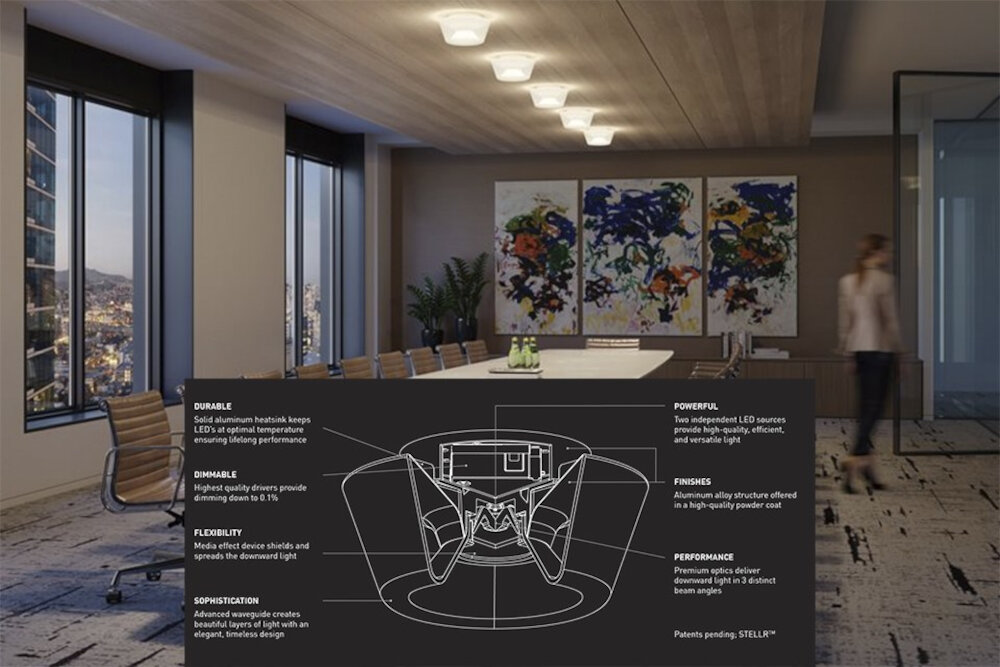
In conclusion, LED light therapy has shown great promise in treating a variety of skin conditions and promoting overall skin health. To maximize the benefits of this treatment, it’s important to use it consistently and regularly. Depending on the specific condition being treated, the frequency of LED light therapy sessions can vary. However, it’s generally recommended to use it at least 2-3 times per week for best results. It’s also important to follow the manufacturer’s instructions and consult with a healthcare professional before starting any new treatment regimen. By incorporating LED light therapy into your skincare routine, you can achieve glowing, healthy skin and reap the many benefits that this innovative therapy has to offer.

